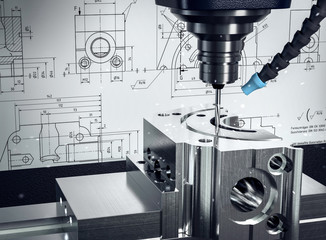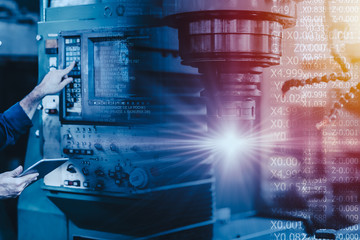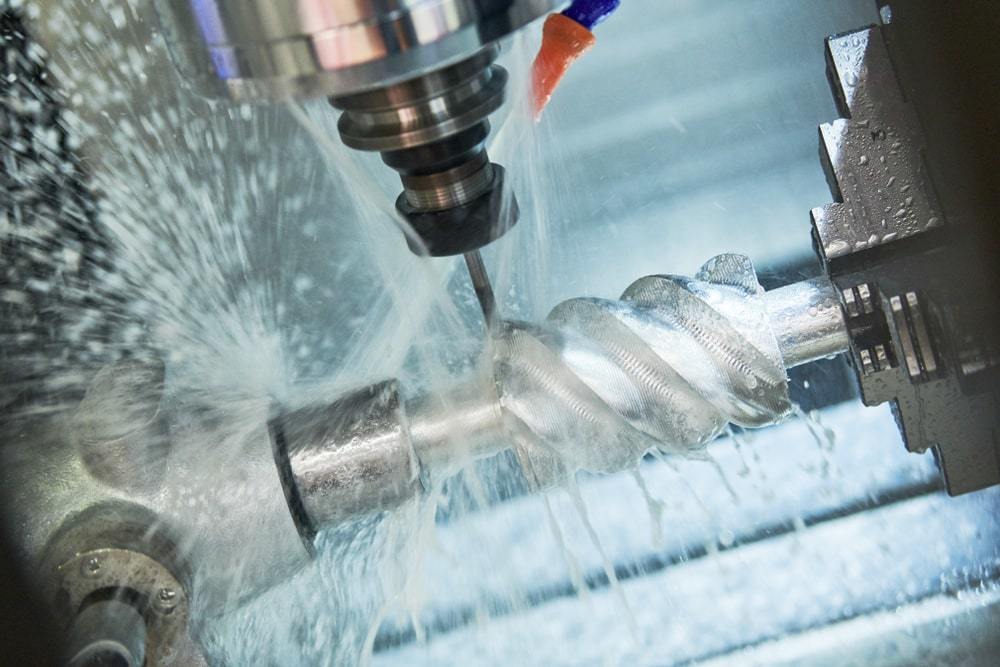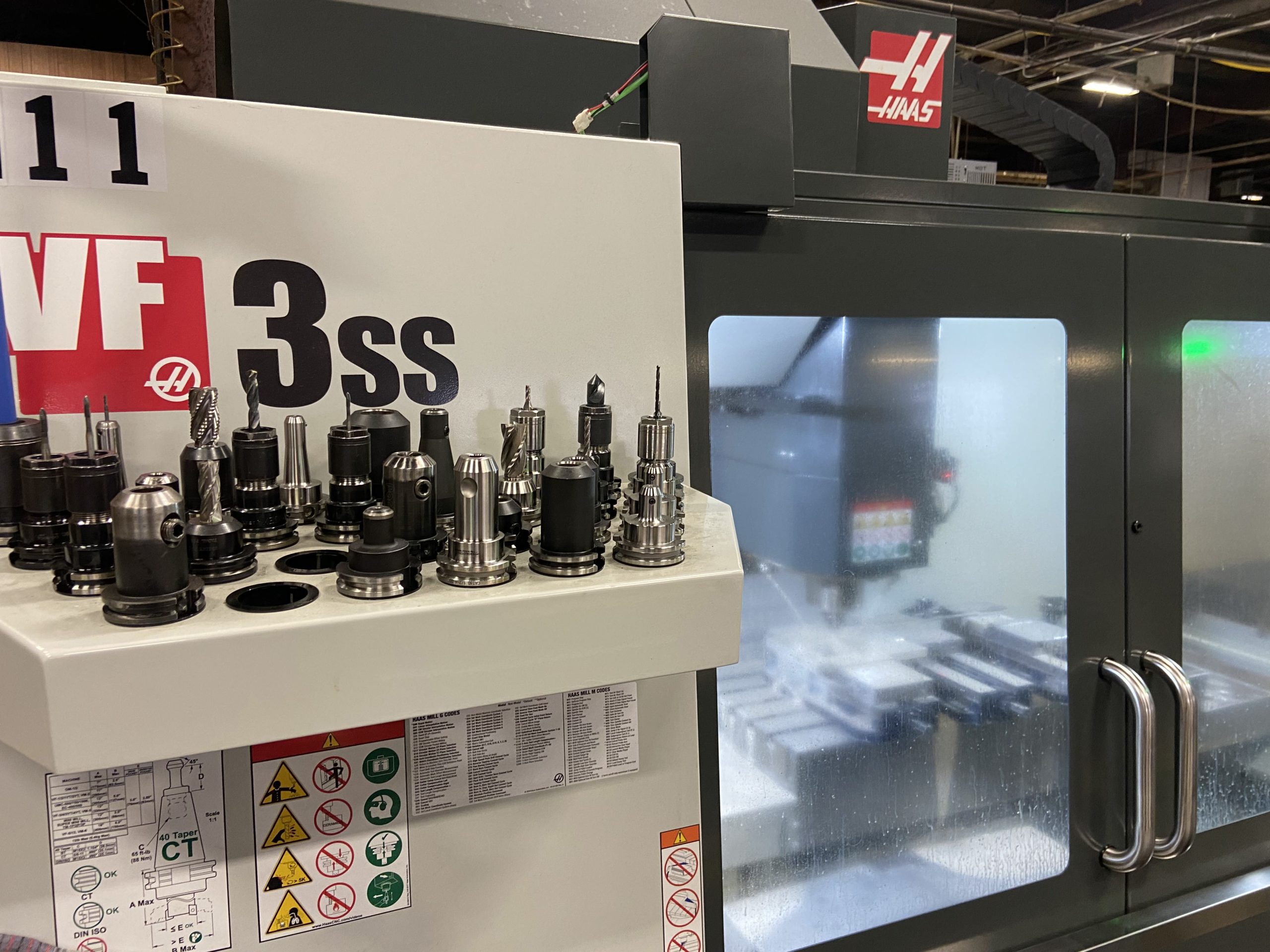5 Most Common CNC Machining Mistakes to Avoid
This blog was written & contributed by a guest blogger: Peter Jacobs, Marketing Director at CNC Masters- more information about whom can be found at the bottom of the page.
Optimal utilization of CNC machines offers numerous benefits, such as versatility, productivity, endurance, and safety. However, the exact opposite occurs if the equipment or the governing program gets handled incorrectly. Some problems are more subtle than others, and inadvertently overlooking prominent concerns can have severe consequences for your CNC machining services.

5 Common Mistakes Associated With CNC Machining
Here is an extensive guide covering common CNC machining mistakes and how to fix them:
1. Inadequate Routine Maintenance
Operating at high temperatures is normal for CNC machines. However, blocking filters or allowing debris to accumulate inside a desktop CNC mill which might cause its working temperature to rise above the safe range, resulting in expensive repairs. Blocked air conditioners and low coolant levels can also cause overheating.
Unexpected displacement of workpieces during milling is one possible cause of precision and accuracy issues that might arise when machines are dirty. Additionally, machine precision may suffer if moving parts aren’t properly lubricated.
Adopting a regular maintenance schedule is highly recommended to extract the best possible performance outcome from CNC machines. Maintenance tasks may include oiling moving parts, topping off the coolant, and cleaning or changing air filter cartridges. Furthermore, while scheduled maintenance is necessary, it is not the only option. Regular maintenance of cutting equipment, including routine cleaning to remove cutting coolant and debris, is beneficial for machine performance.
2. Programming Errors
Programming errors account for a significant proportion of CNC machining problems due to the nature of the relatively sophisticated technology and equipment used in the process. These may result from an improper setup, a shortage of knowledge of the various G and M codes utilized for the controller, or the introduction of incorrect data parameters into the CNC controller.
Newly hired operators must receive sufficient training in the various programming settings available on CNC machines to eliminate the faults causing these problems. New operators should be supplied with detailed user guidelines and instructions, motion sequencing, and hands-on machine operation training by the equipment suppliers or seasoned operators on the production floor.

3. Employing Improper Cutting Tools
Several clear indicators state the cutting tool currently utilized is not functioning at its peak. The workpiece may have burn markings, scrapes, or edge deformation, to name a few of the defects. These indications point to the possibility that the tool employed is going too slow, is dull, does not have an adequate flow of cooling liquid, or is oriented improperly. Also, a CNC machining error known as “chatter” can be produced by vibrations in the cutting tool or the equipment itself. This condition can significantly shorten the useful life of tools and machines.
Programmers & technicians have access to various calculators to help them choose which tool is best suited for completing a specific task. Cutting tool manufacturers typically provide their customers with in-depth databases and product experts who can assist programmers in picking the most appropriate cutting tools and setting the relevant parameters for them.
4. Power Supply Issues
Problems with the power supply can occasionally cause the display on the CNC machine tool or other components to fail to function properly. To put an end to this problem, check to see that the input line of the power supply has the appropriate voltage and current parameters set. After that, you should check to verify if the output/secondary end of the equipment is functioning appropriately. It is recommended that you delegate the inspection to an expert.
5. Sub-Optimal Feed and Speed
Cutting the workpiece too slowly is a common CNC machining mistake. This results in the material becoming scarred because it is subjected to the cutter for an excessive amount of time. More time is spent rubbing the material than cutting it at this point. It generally results in the following:
-
Low-quality surface finish
-
The tool may get duller, faster
-
A substantial degree of heat developed, which would cause the surface of the workpiece to burn.

On the other hand, cutting too quickly and deeply might lead to a disproportionate amount of tool deflection. The tool life, dimensional accuracy, and overall efficiency of the machine get severely impacted when there is excessive tool deflection.
The process of determining the optimal feed and speed rates requires a lot of careful calculation. It is imperative to account for various factors, including cut width, the type of cutter used, cut depth, and the power supply to the machine. Holistic training and knowledge dissemination between experienced and novice personnel could significantly contribute to reducing the number of feed and speed errors that occur.
Conclusion
Be mindful that failures in CNC equipment will occur regardless of how well the machines are maintained, how thoroughly the controllers are trained, or how well the tools get managed. However, investing in CNC machine monitoring systems will improve operational efficiency & productivity and substantially eliminate the possibility of human error.
About the Author: Peter Jacobs is the Senior Director of Marketing at CNC Masters. He is actively involved in manufacturing processes and regularly contributes his insights to various blogs on CNC machining, 3D printing, rapid tooling, injection molding, metal casting, and manufacturing in general.
